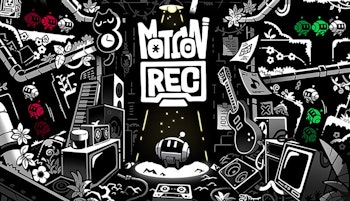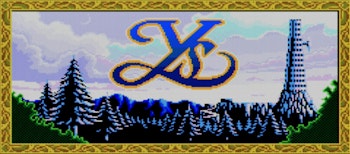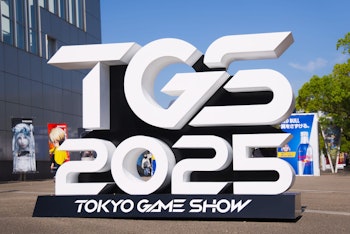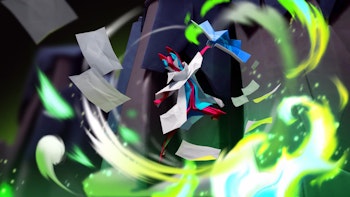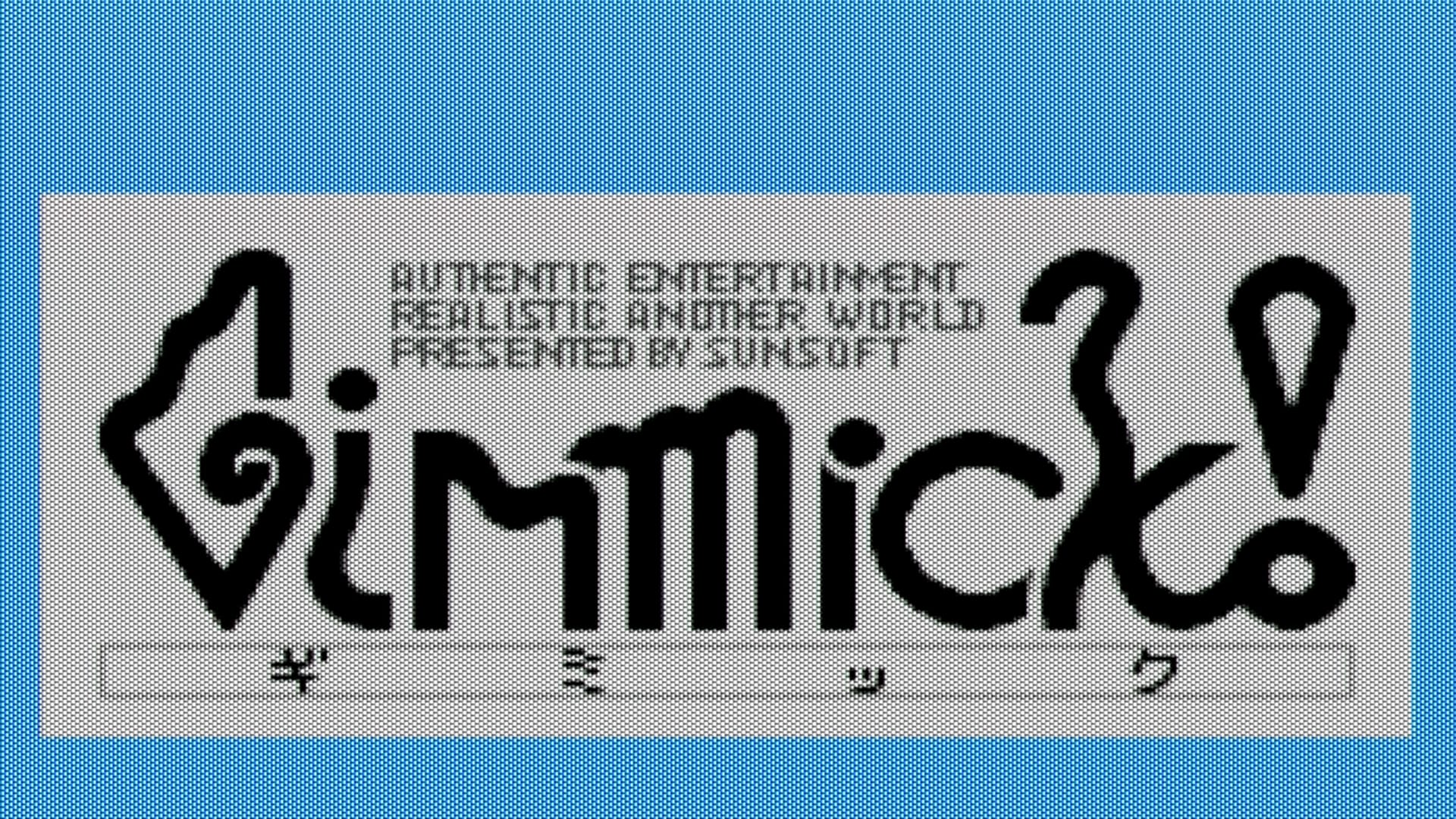
In 1992, most of the gaming world had already moved on to Nintendo’s 16-bit Super Famicom. Sunsoft, however, under game director Tomomi Sakai, had one more tale to tell for the original Famicom: that of Gimmick!, a challenging platformer featuring a green spherical creature named Yumetaro, who bears some resemblance and characteristics to another round, pink character well-known in Nintendo properties.
Since 16-bit hardware featured advances in terms of graphics and computing power, Gimmick! needed to push the Famicom hardware to its limits to feel competitive. Although it succeeded in doing so partially due to its eclectic but alluring soundtrack by Masashi Kageyama, it failed to match the luster of the cutting edge 16-bit graphics and sounds utilized by the Super Famicom. Despite this, it has become a cherished classic many years later by retro gamers looking for a challenge, who have turned to the past to unearth some classics they missed from decades earlier.
Gimmick! features highly technical trick-movement unique for its time
Central to the game's mechanics, Yumetaro can generate bouncing stars that are used to attack the enemies. More importantly for the sake of fully mastering the game, Yumotaro is able to ride on top of his own stars, allowing for quick movement and sometimes height boosts to reach hidden areas. Executing the techniques to perfectly bounce the stars off just the right spots and just the right time tends to be tight, but smooth when done properly, making it satisfying to play at the high-skill level compared to many older 8-bit titles that often feel more janky or inconsistent, and are more likely to use a glitch than intended mechanics in many cases.
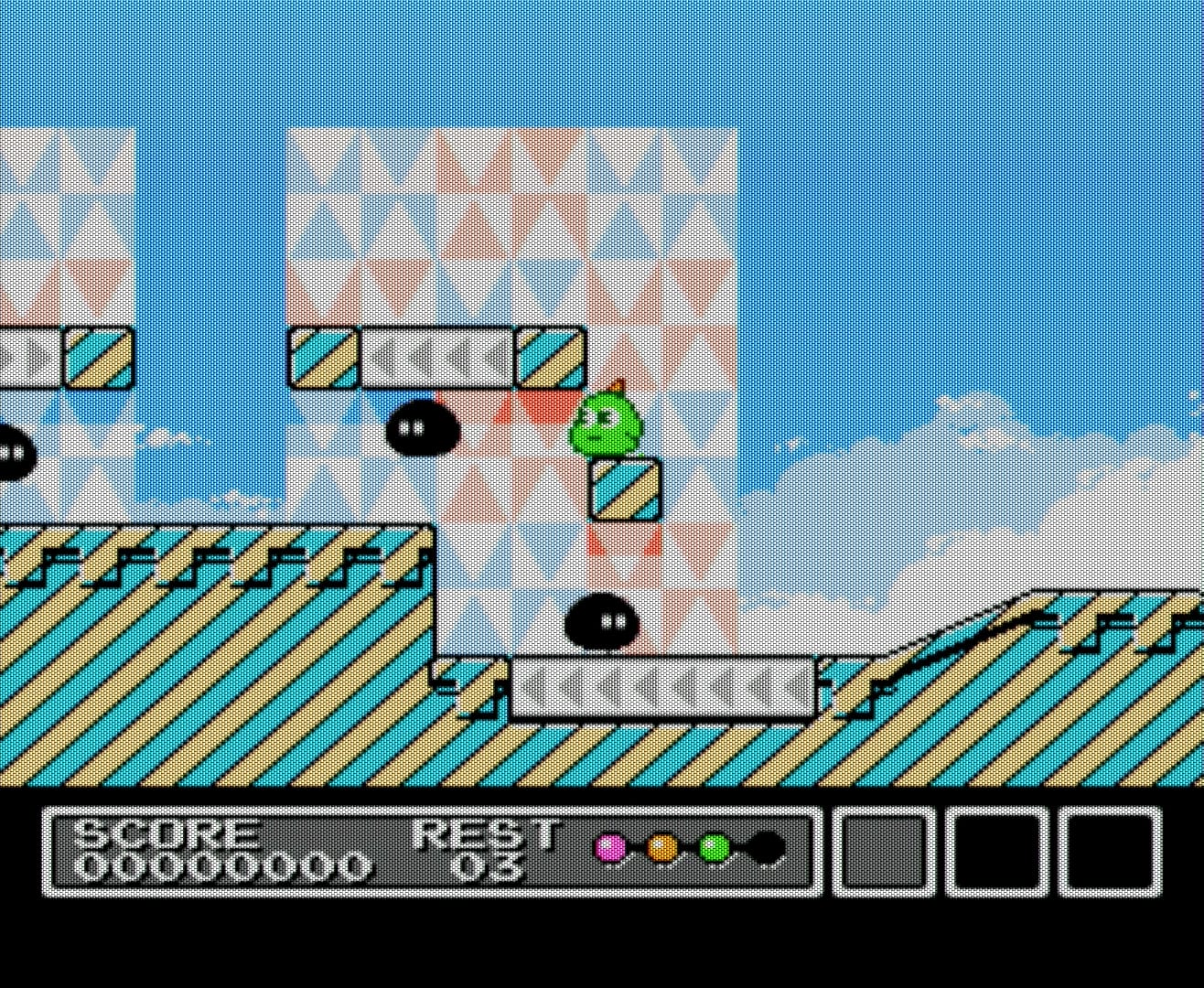
The true ending of the game requires finding every hidden area in addition to making it to the end of the game without continuing, to which both require expert level execution of the techniques described, so completing it in its entirety is a rather daunting task for the average gamer. For this reason, the game has sky-rocketed to the top of many hardcore retro gamer lists.
Additionally, a physical copy of the cartridge itself has always been somewhat difficult to procure due to its scarcity, related to when it was released. It did not receive an official North American release on the NES, however, it did receive a localization in the PAL region under the title Mr. Gimmick, in very limited quantities. This version featured slightly different music, and an easier difficulty curve with a player life count of 8 instead of the 4 in the original Famicom version.
While owning the Famicom version was always relatively affordable, a genuine PAL copy of the game is rare enough to command extremely high prices. Retro game collecting is a hobby on the rise that gains more and more notoriety, and Mr Gimmick has become a highly-chased holy grail item to many collectors.
Cult presence has breathed life into Gimmick!
The original release by all merits missed the mark in becoming all the developers had intended for it to be. However, based on the attention Gimmick! has slowly amassed in the 3 decades since then, a sequel, Gimmick! 2 was released for modern consoles on September 5th, 2024.
It features mostly the same style of gameplay with the same movement tech, in much larger levels, and a modernized colorful art style that pays homage to the original. Additionally, the soundtrack was provided by David Wise – a well-known composer who at one point was Rare’s in-house composer, and most famously known for Donkey Kong Country and Donkey Kong Country 2: Diddy’s Kong Quest.
Although it received positive reception, Gimmick! remains enough of a cult-classic that the sequel has mostly gone unnoticed, except by the same pool of players who have discovered and grown to love the original game. Few would declare the sequel anything but a success, however, it remains a franchise celebrated exclusively by those who are in-the-know.



